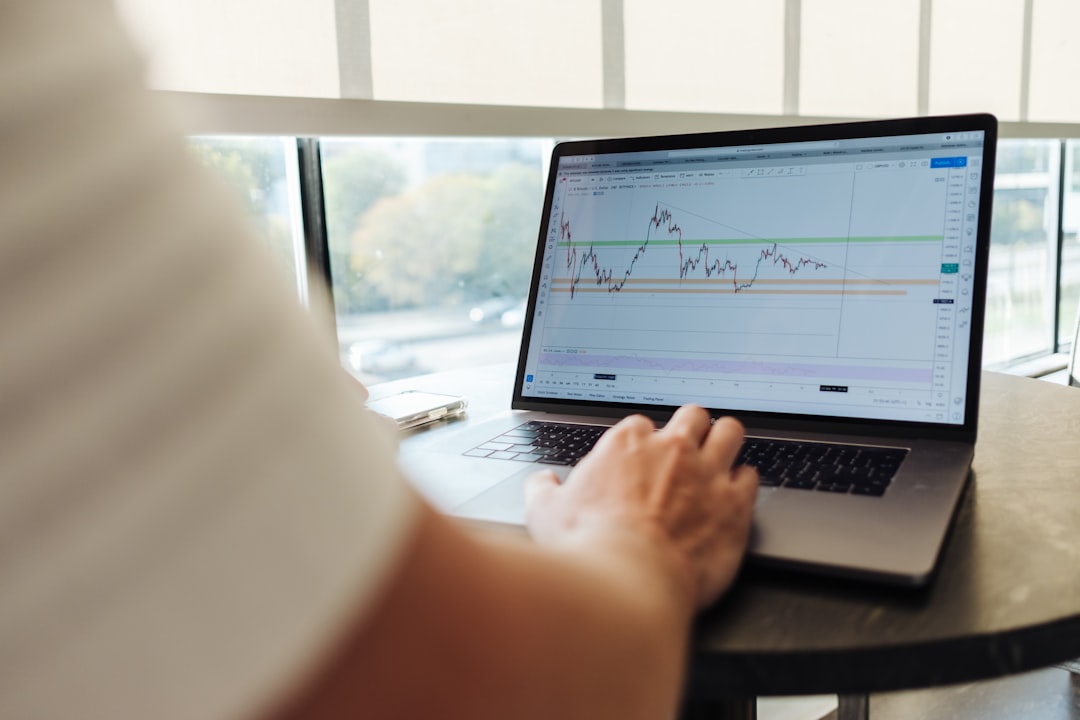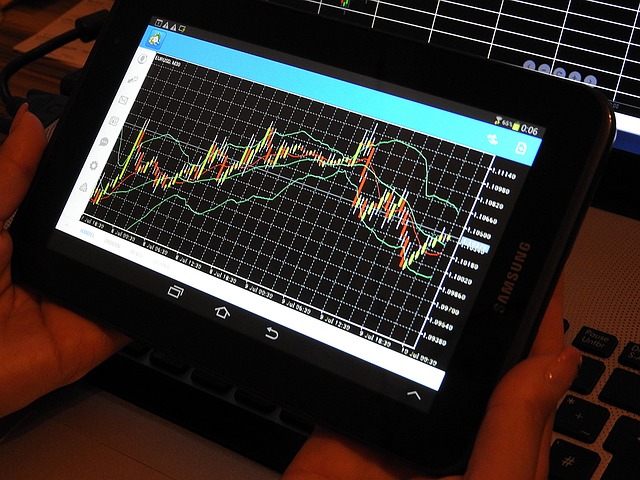Contracts for Differences (CFDs) allow Australian traders to speculate on asset price movements without direct ownership, leveraging minimal capital. A comprehensive CFD course is crucial for beginners, covering market analysis, risk management, and platform navigation. After enrolling in an accredited course, new traders should develop a tailored strategy, analyze past performance, understand market dynamics, and utilize advanced tools. Continuous education through forums, successful traders' insights, and market trends updates enhances skills, while backtesting strategies on historical data minimizes risks before live trading.
“Looking to enter the dynamic Australian trading scene with CFDs (Contract for Difference)? This comprehensive guide is your starting point. We’ll walk you through the process, from grasping the CFD basics and benefits tailored for Aussie traders, to selecting the ideal course among top offerings. Then, we provide a step-by-step plan for enrolling and excelling in your chosen CFD course. Finally, discover post-course strategies to ensure practical application and maximize your trading potential.”
- Understanding CFDs: Basics and Benefits for Traders in Australia
- Choosing the Right CFD Course: Factors to Consider
- Step-by-Step Guide: Enrolling and Completing a Comprehensive CFD Course
- Post-Course Strategies: Maximizing Learning with Practical Application
Understanding CFDs: Basics and Benefits for Traders in Australia

Contracts for Difference (CFDs) are financial instruments that allow traders in Australia to speculate on the price movements of various assets, such as stocks, commodities, currencies, and indices, without actually owning them. This is achieved through a contract between two parties – the buyer and the seller – where the difference in the asset’s price at the time the contract is opened and closed determines the profit or loss.
One of the key benefits of CFDs for Australian traders is their leverage capability. Leverage allows traders to control a larger position with a smaller capital outlay, potentially increasing returns but also amplifying risks. Additionally, CFDs offer transparency in pricing, high liquidity (ease of buying and selling), and the ability to trade both long (betting on price increases) and short (betting on price decreases), providing flexible trading strategies for new traders to explore through a comprehensive CFD course Australia.
Choosing the Right CFD Course: Factors to Consider

When selecting a CFD (Contract for Difference) course in Australia, several key factors come into play. Firstly, consider the course’s curriculum and its relevance to your trading goals. A comprehensive CFD course should cover various topics, from the fundamentals of financial markets to advanced strategies and risk management techniques. Look for modules that cater to both beginner and intermediate traders, allowing you to progress at your own pace.
Additionally, check the reputation and experience of the training provider. Reputable institutions or well-established trading educators with a proven track record in successful student outcomes are preferable. Reviews from past students can provide valuable insights into the course’s quality and effectiveness. Ensure that the course aligns with Australian regulatory standards and offers support resources like practice accounts or demo trading platforms to enhance your learning experience.
Step-by-Step Guide: Enrolling and Completing a Comprehensive CFD Course

Starting your journey as a CFD trader in Australia? Enrolling in a comprehensive CFD course is a crucial step to gain the knowledge and skills needed for success. Here’s a step-by-step guide to help you navigate this process effectively.
First, identify a reputable and accredited provider offering a detailed CFD course tailored to Australian traders. Ensure the curriculum covers essential topics such as market analysis, trading strategies, risk management, and platform navigation. Once enrolled, commit to the course structure—whether it’s self-paced learning or structured modules. Regularly attend live sessions (if offered), engage with fellow students, and actively participate in discussions. After completing each module, assess your understanding through quizzes and assignments. Finally, utilize demo accounts provided by many platforms to apply your knowledge risk-free before transitioning to live trading.
Post-Course Strategies: Maximizing Learning with Practical Application

After completing a comprehensive CFD (Contract for Difference) course, new traders should focus on practical application to maximize their learning. The first step is to develop a well-defined trading strategy that aligns with individual risk tolerance and market goals. This involves analyzing past performance, understanding market dynamics, and identifying profitable opportunities. Traders should also familiarize themselves with advanced tools and indicators within the CFD platform to make informed decisions.
Additionally, continuous education is vital. Traders can enhance their skills by joining online forums, following successful CFD traders, and staying updated on market trends. Backtesting strategies on historical data before implementing them in live trading is another effective way to refine techniques and minimize risks. Regular practice and adaptation based on real-world experiences will ultimately lead to improved performance and increased profitability in the CFD market.
For new Australian traders looking to enter the world of CFDs, a well-structured and comprehensive CFD course is an essential first step. By choosing a course that caters to beginners and offers practical knowledge, you can gain a solid understanding of this complex trading instrument. Following a step-by-step approach, as outlined in this guide, will empower traders to make informed decisions, enhance their skills, and ultimately maximize their potential success in the Australian market. Remember, with the right education, trading CFDs can be a rewarding experience.
